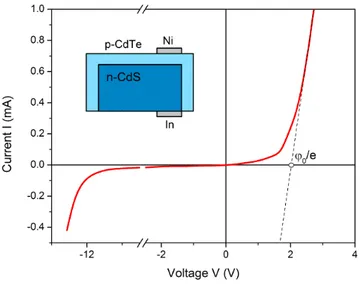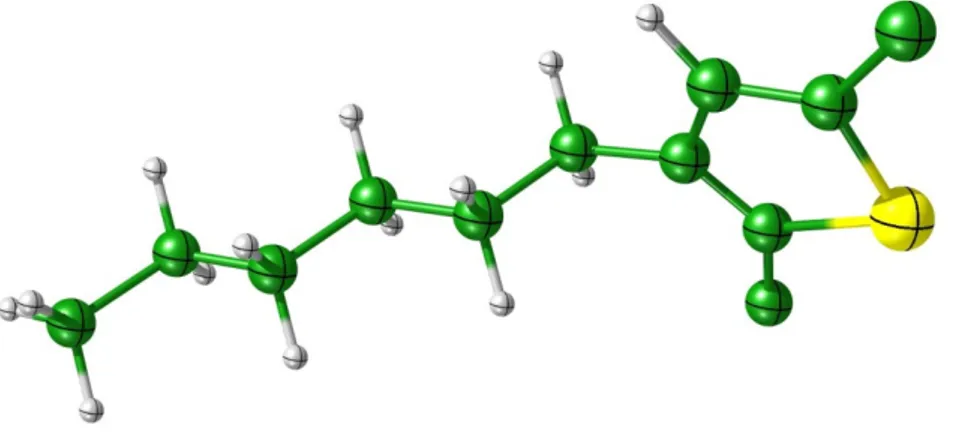Thin Film Solar Cells: Modeling, Obtaining and Applications
Texto completo
Figure




Documento similar
Then, it is applied to the investigation of waves and instabilities in several layers and structures of the solar atmosphere, such as the fully ionized solar corona and solar wind,
The newly formed FAPI-PbS QDs are dissolved in FAPI solution for the fabrication of perovskite thin films for the characterization and device applications
Hence, taking the transmission electron microscopy, which showed that we grow larger structures upon addition of CdS and then CdTe, the comparison between
Given the much higher efficiencies for solar H 2 -generation from water achieved at tandem PEC/PV devices ( > 10% solar-to-H 2 energy efficiency under simulated sunlight) compared
In samples 1 and 3, the initial Na content in the absorber layers diffuses towards the surface as in the case of sample 2, but also the high temperature raises the Na
12 Cross-sectional SEM micrographs and the surface morphology of CZTGS thin films show that the annealed-samples coming from the evaporation process Flash 3
Figure 5.5: Difference in the EADS a) for pristine and b) for photooxidized KP115:PCBM thin films. Figure 5.6: Charge transients KP115:PCBM solar cells a) at different
In Figure 11(d), simulated red light illuminated IV curves are shown for acceptor-type defect states in the CdS and a conduction band spike at the CISe/CdS interface (model B1)





